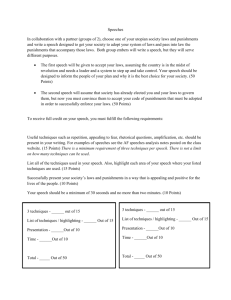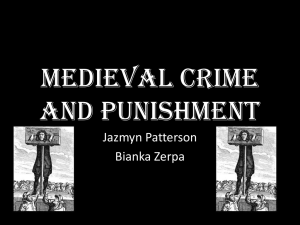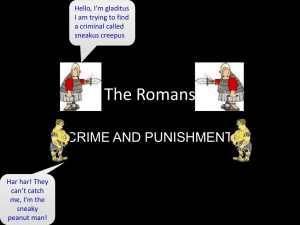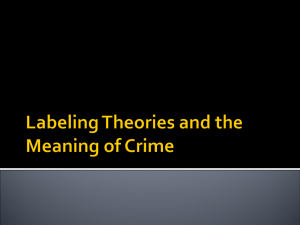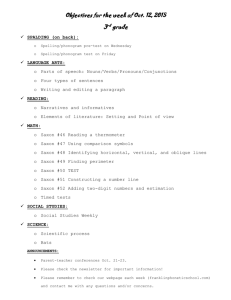Crime and Punishment
advertisement
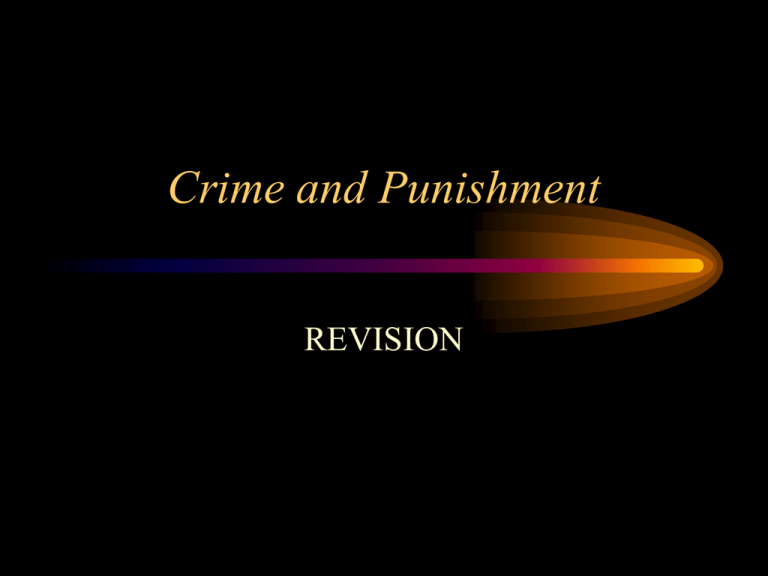
Crime and Punishment REVISION Saxon Period AD 400-1100 • Main crime was of theft – examples? • Violent crime quite rare • Victims had to catch criminals – how? • Adults formed ‘tithings’ Saxon Period AD 400-1100 • ‘Wergild’ paid to victims – how did this work? • By 1100 more physical punishments • Guilt decided by juries or • ‘Trial by Ordeal’ The Later Middle Ages 11001500 • Most crime still petty theft • New crime of heresy • Rebels accused of treason • Traitors & heretics publicly executed The Later Middle Ages 11001500 • Policing also done by the Coroner & Sheriff • Constables appointed • More physical punishments • Courts developing – work by royal judges & JPs • Manor courts Was Saxon justice harsh & superstitious? • • • • • • From early times the Blood Feud was allowed Wergild later introduced Hanging & mutilations as punishments Tithings used to stop crimes Juries decided guilt – ‘compurgation’ Accused could be tried by ordeal or combat What changes did the Normans make? • • • • Kept trial by ordeal & added trial by combat Still used tithings Wergild ended Punishments designed to emphasise the power of the king Medieval & Modern Times • Petty thefts • People responsible for catching criminals • Beginning of jury system • Wergild & physical punishments • No prisons • • • • • Huge variety of crime National police force Complex court system Fines & imprisonment Rehabilitation rather than punishment • Neighbourhood Watch
